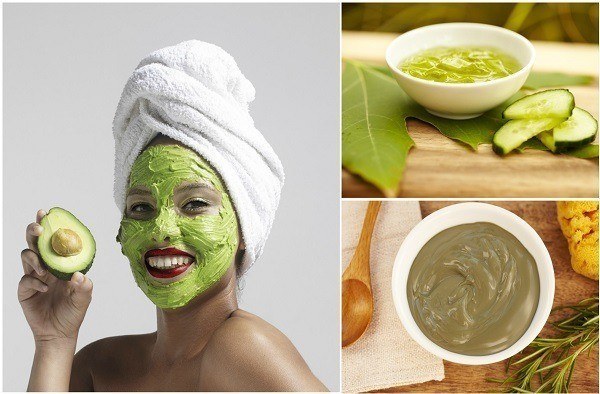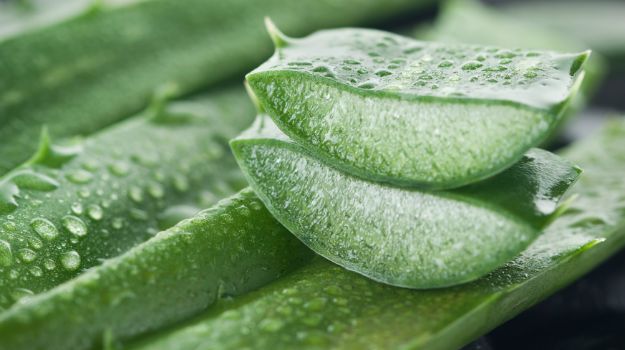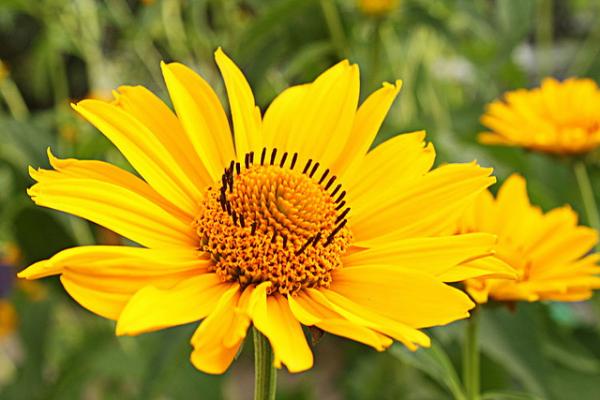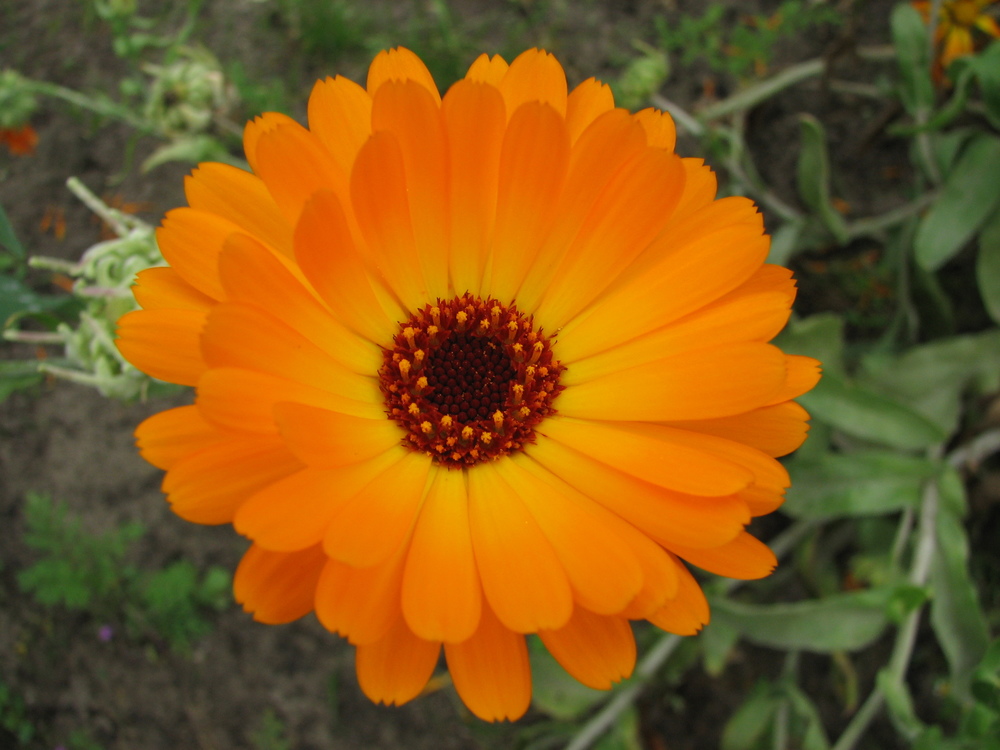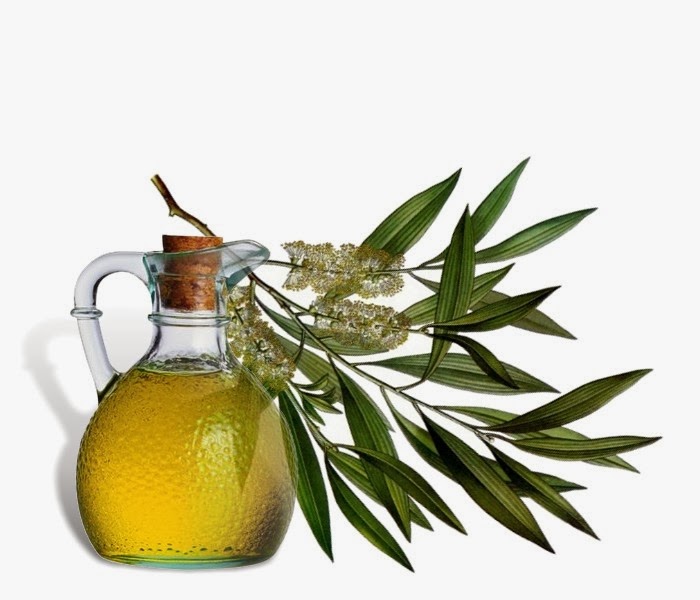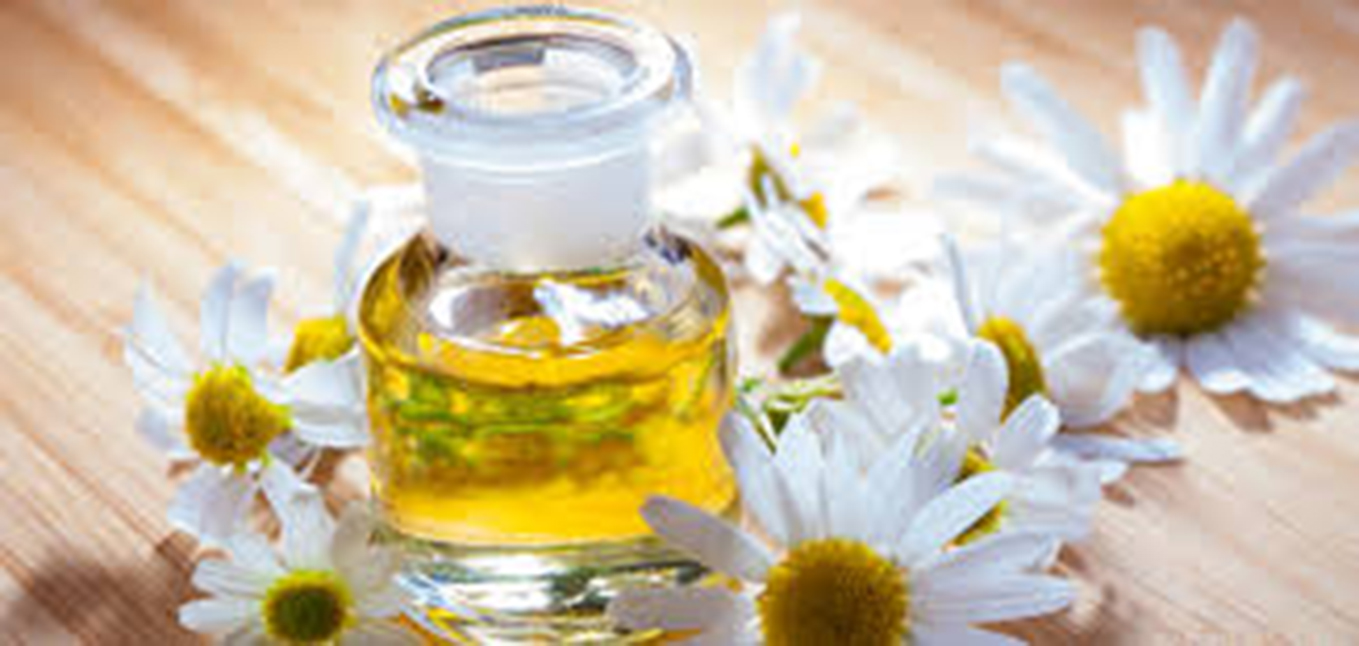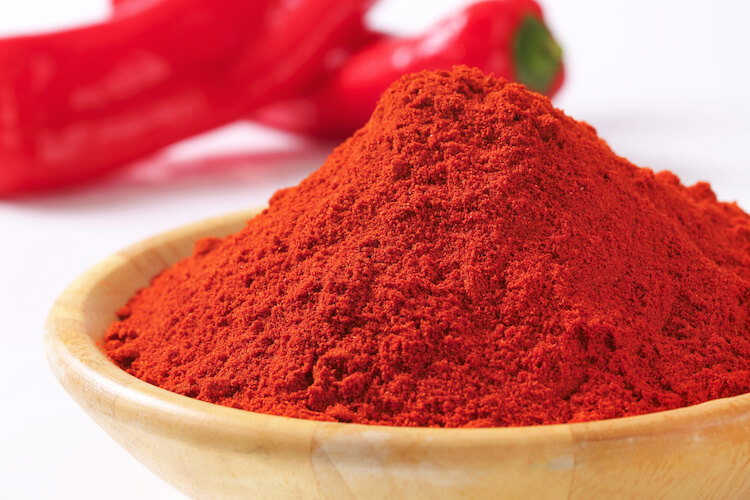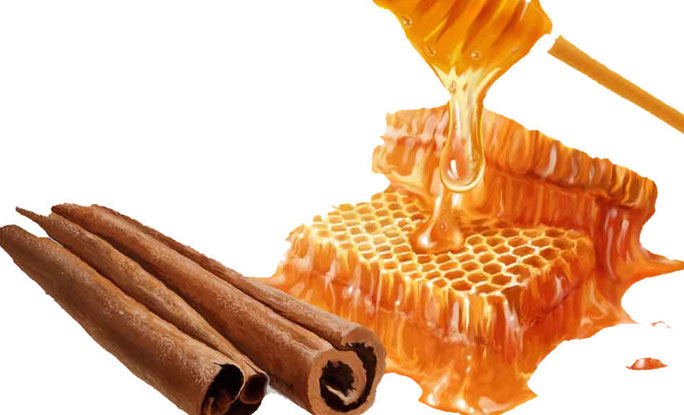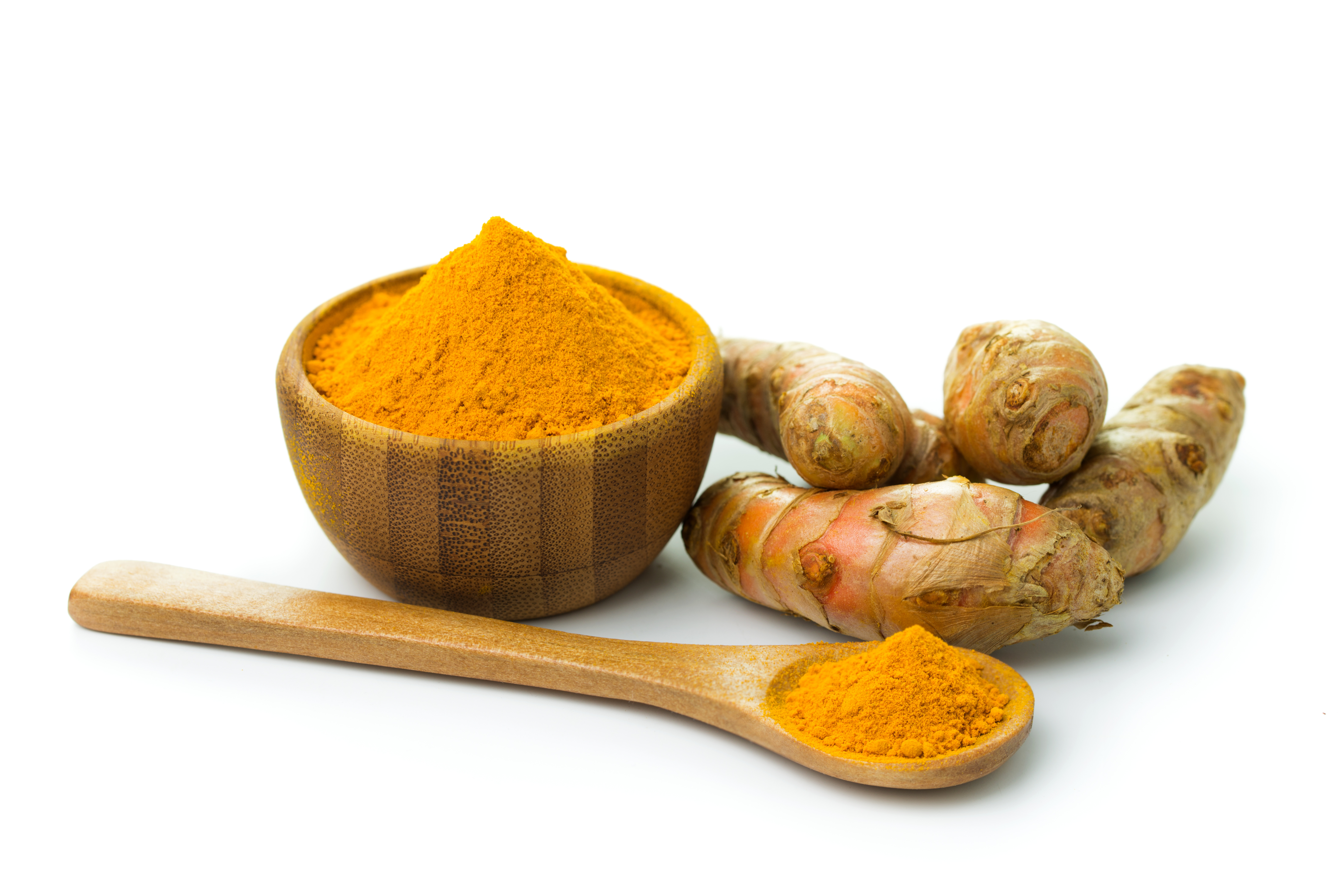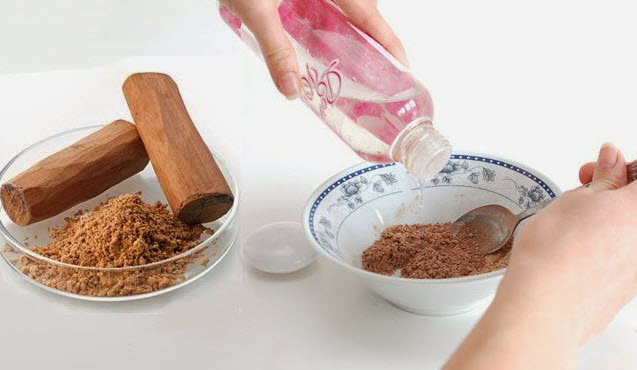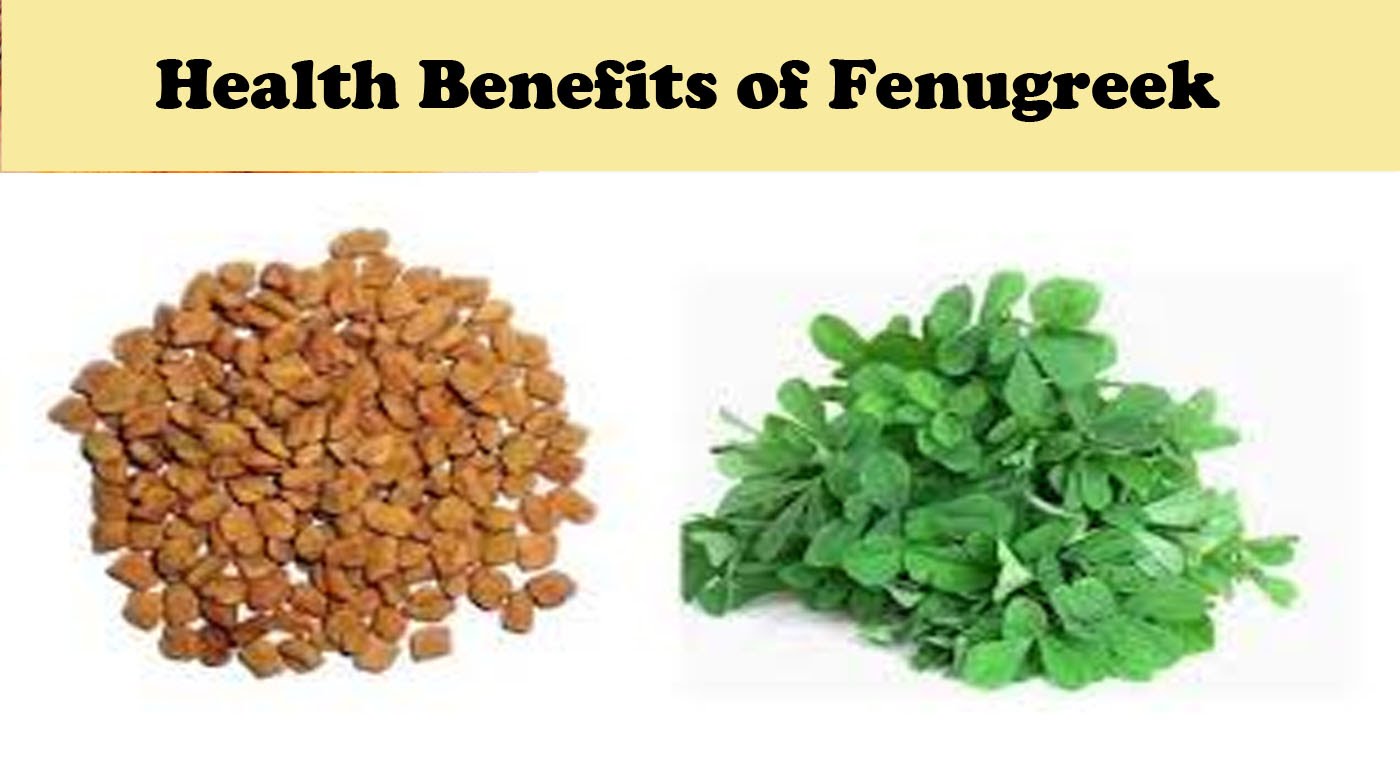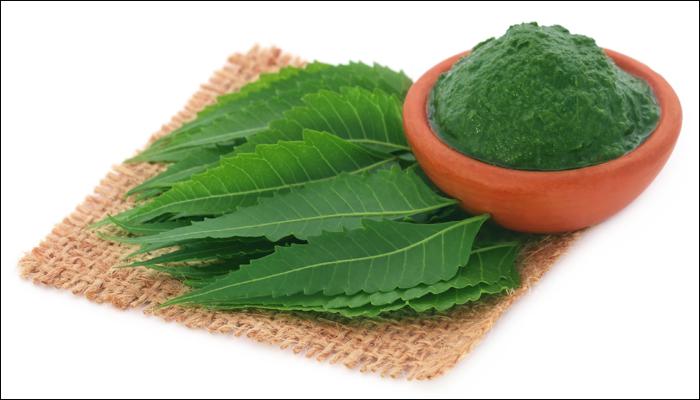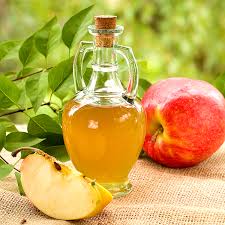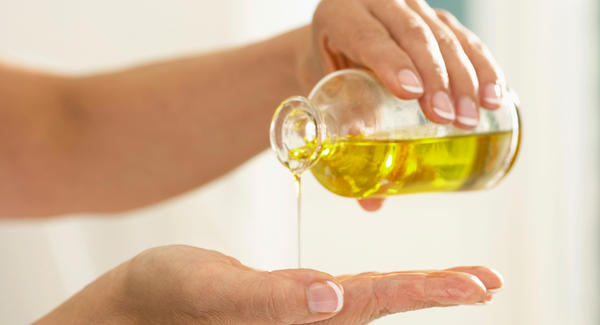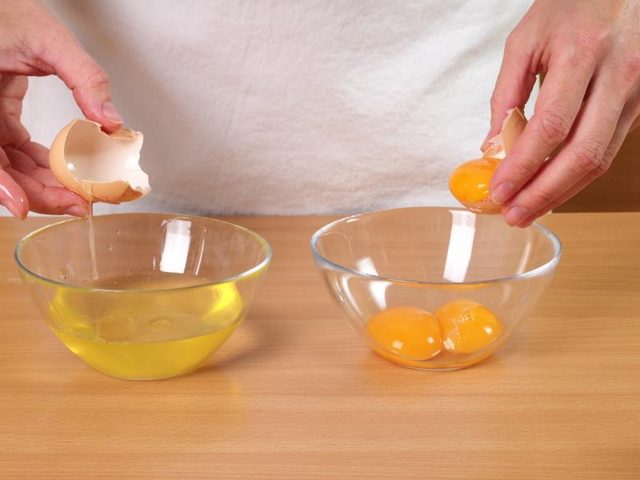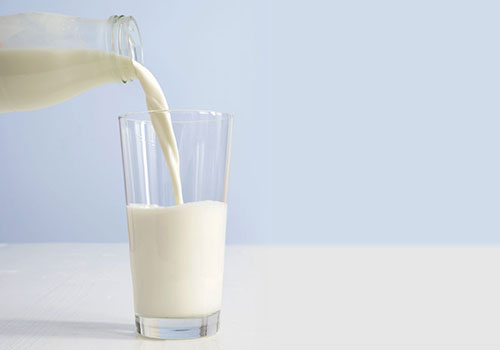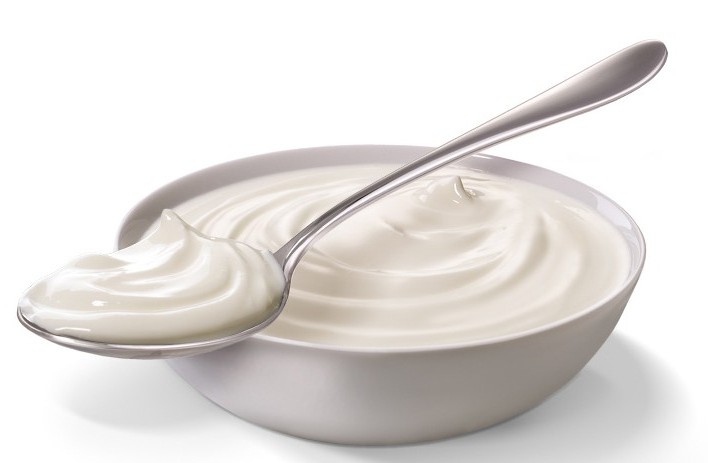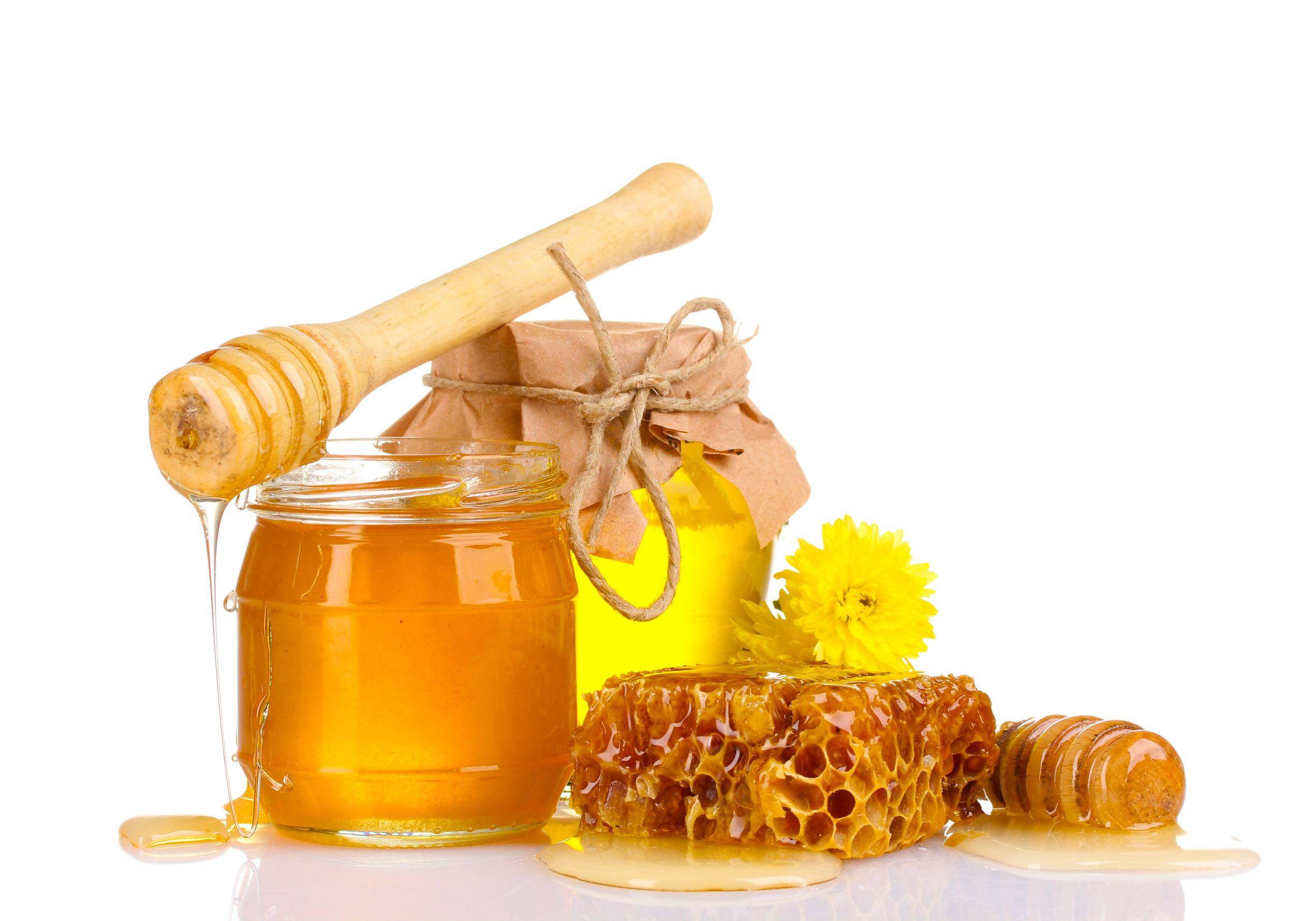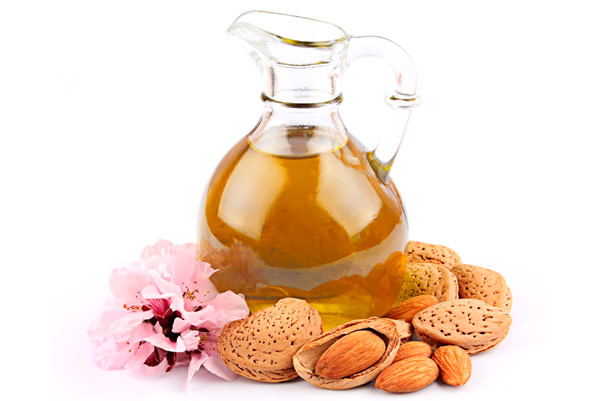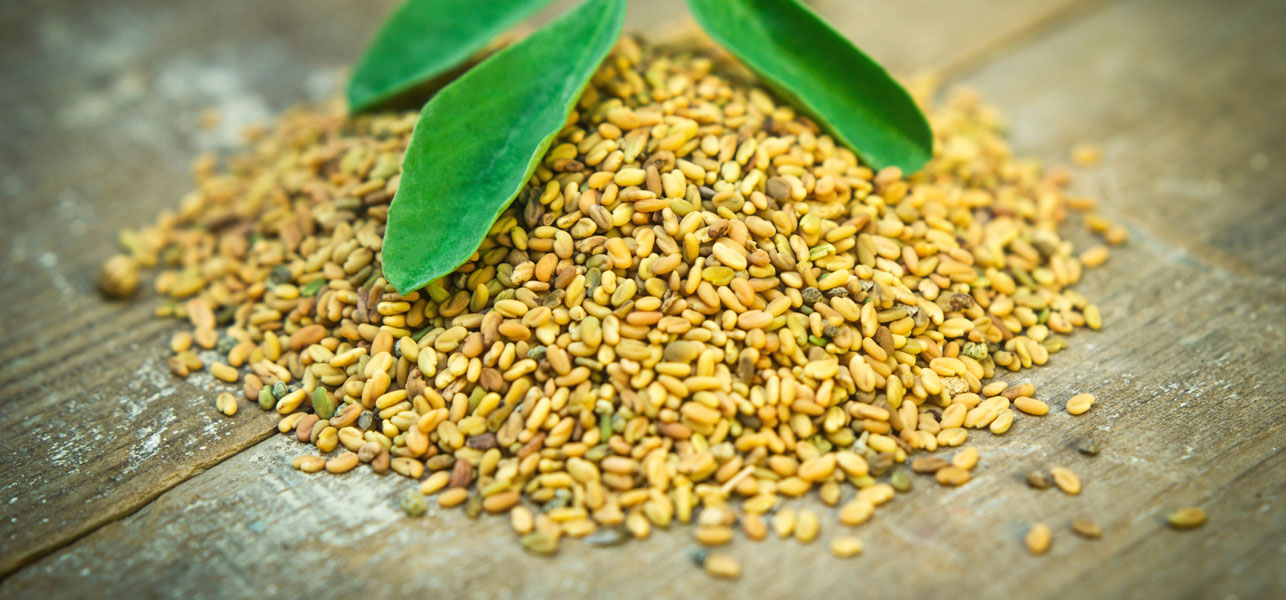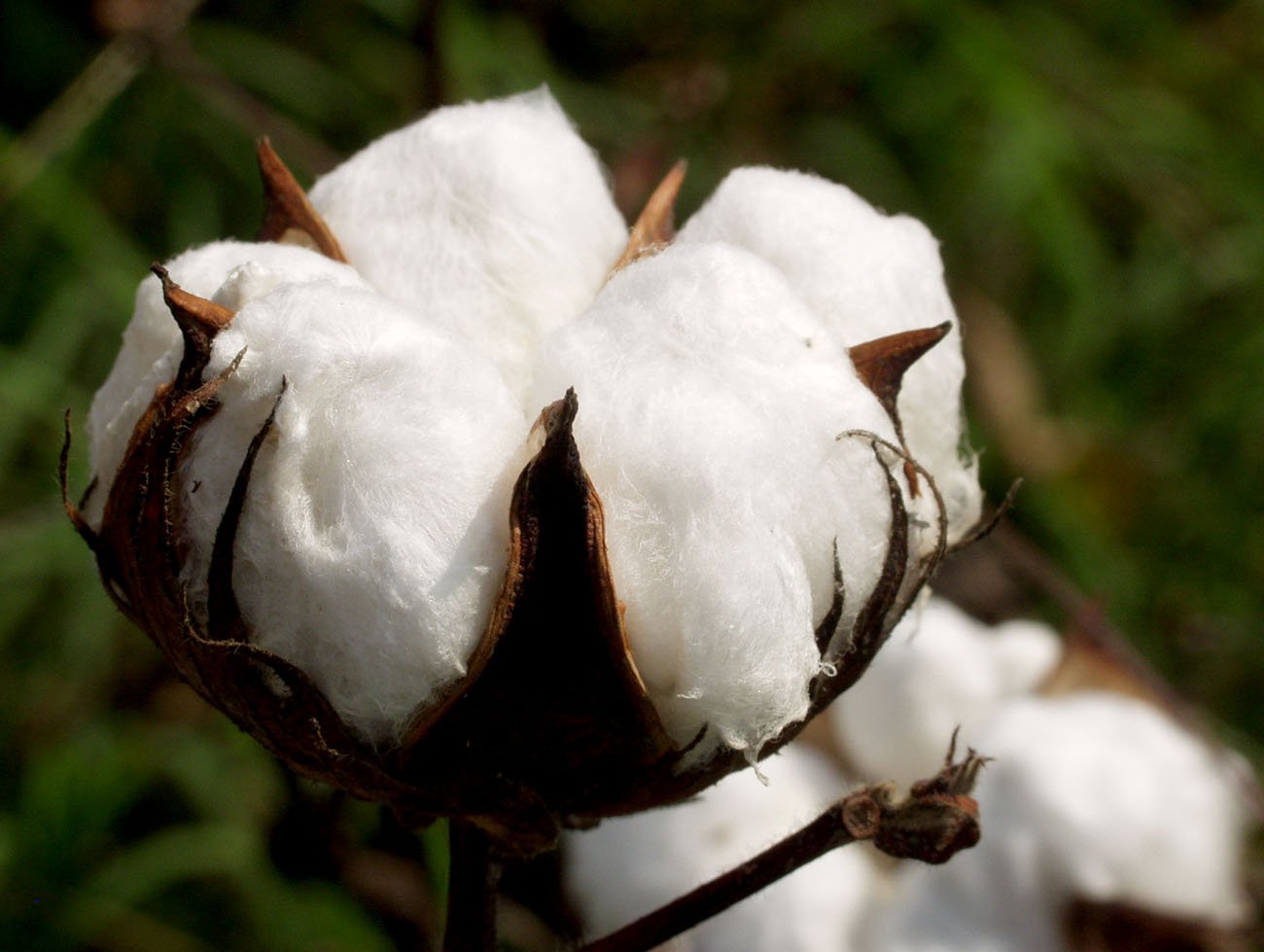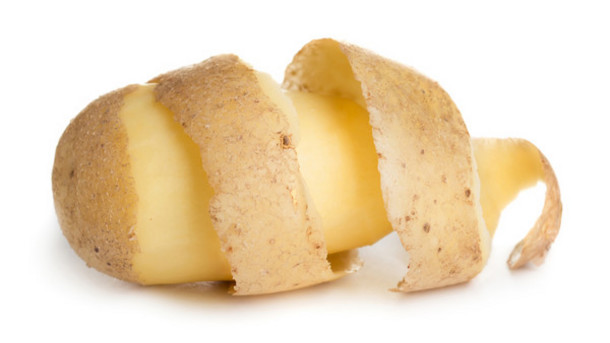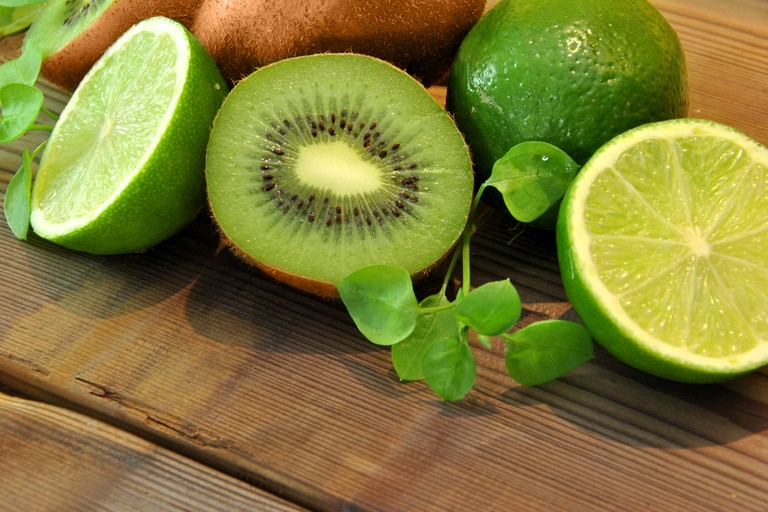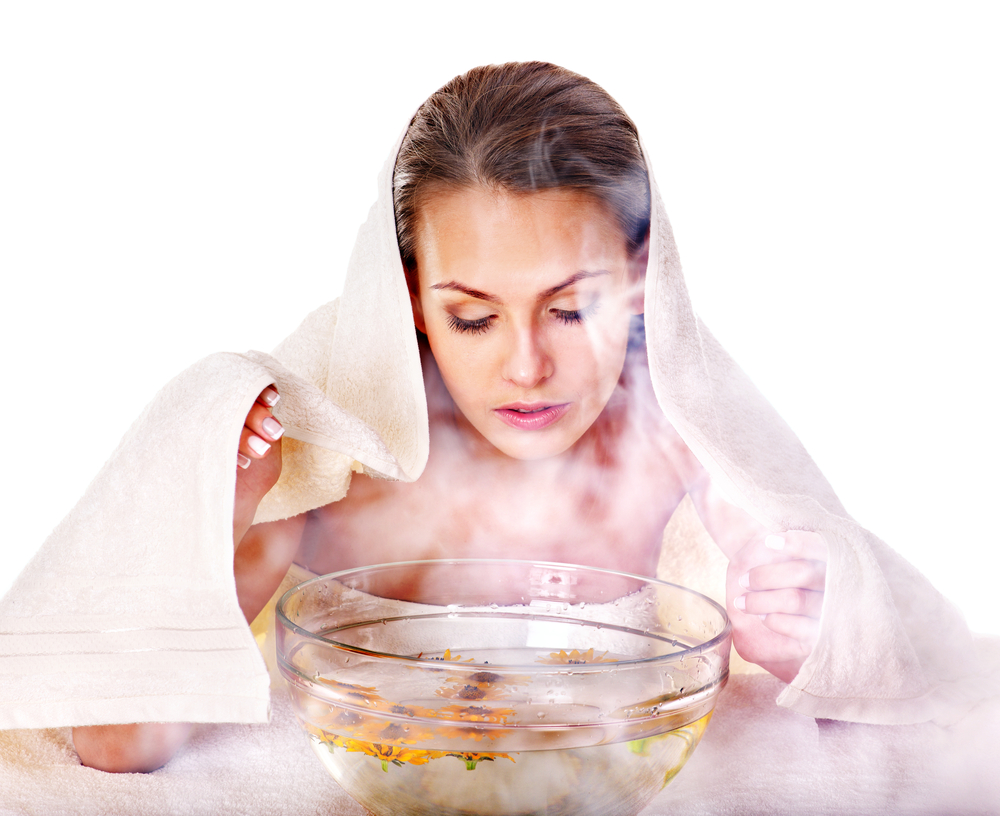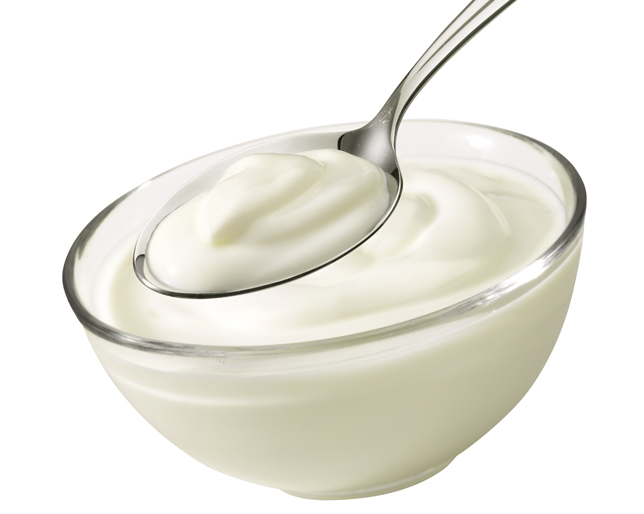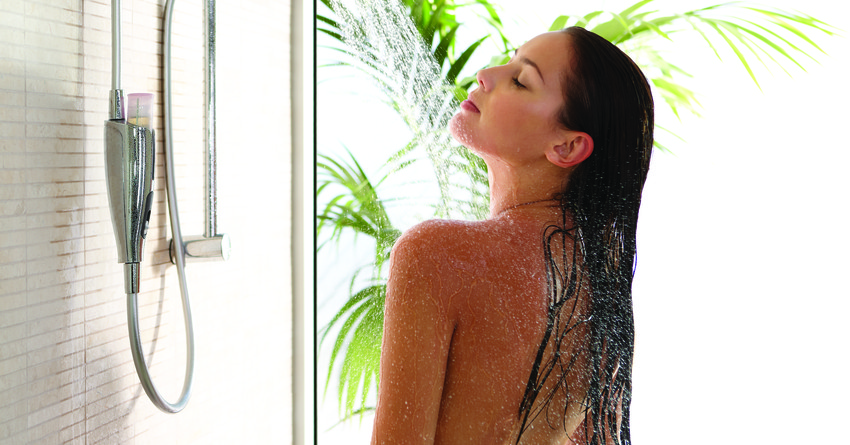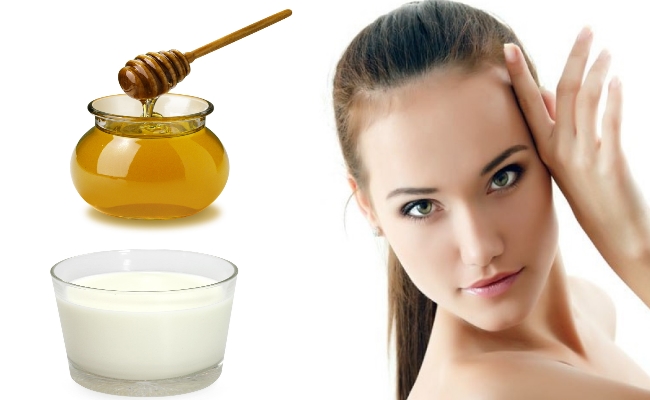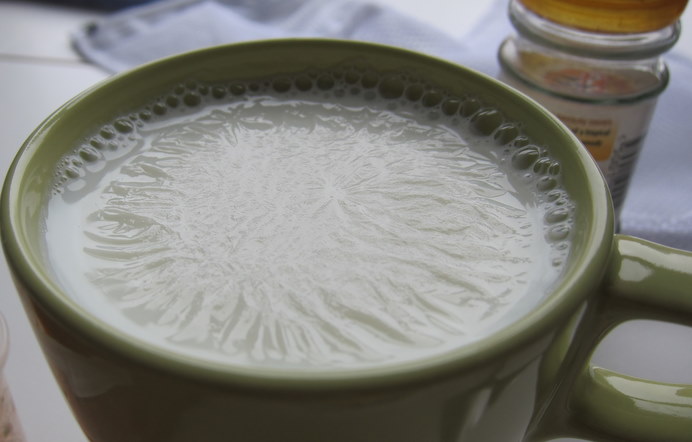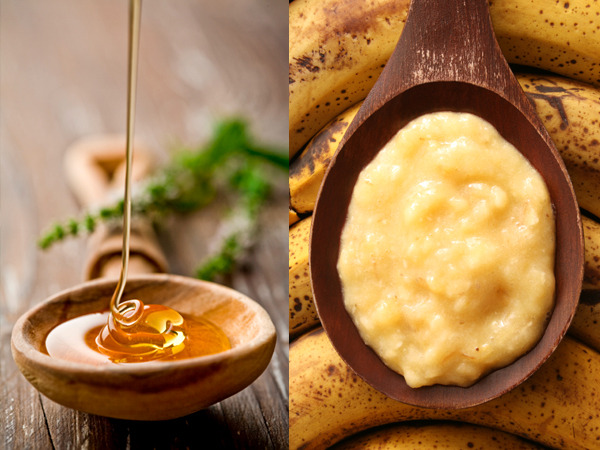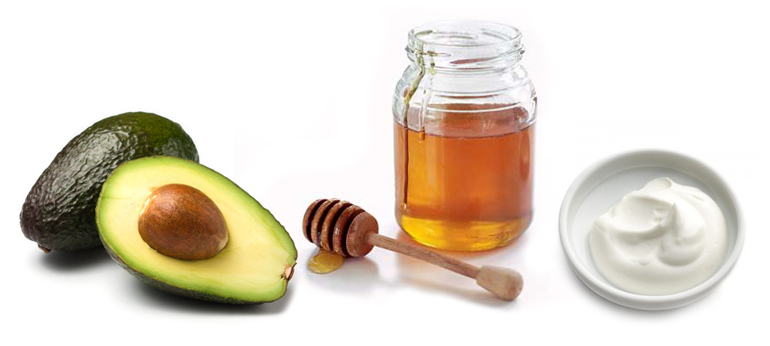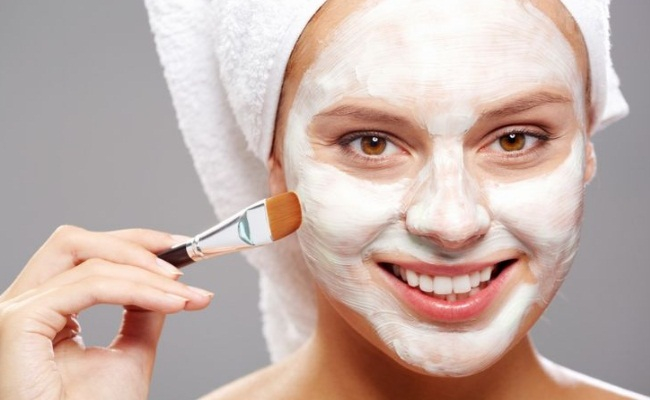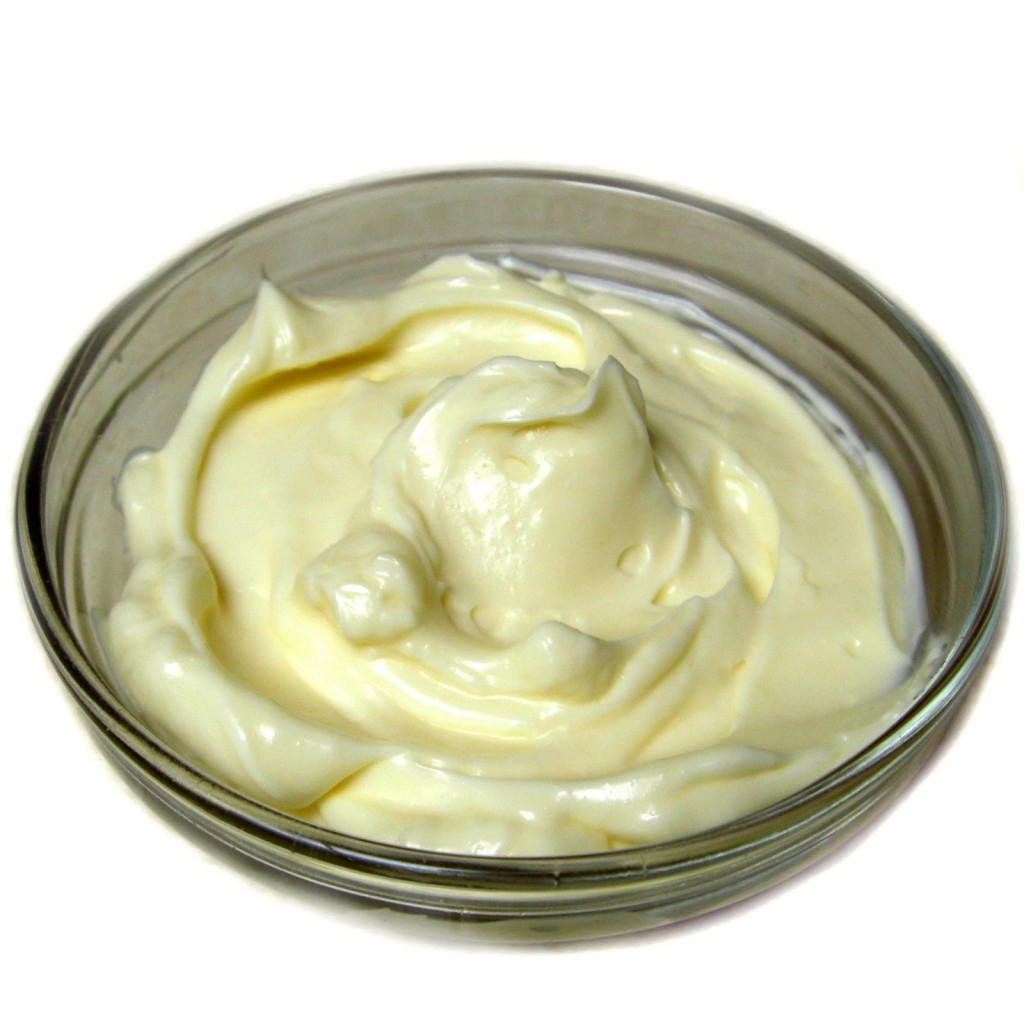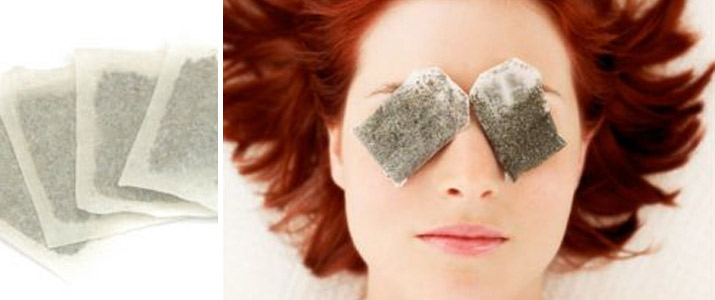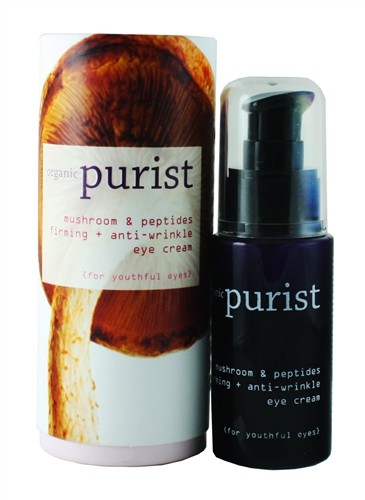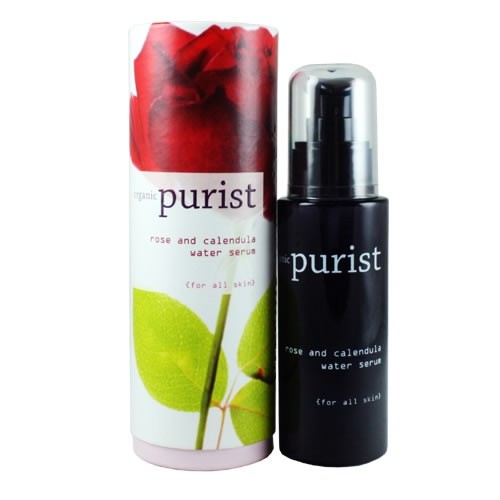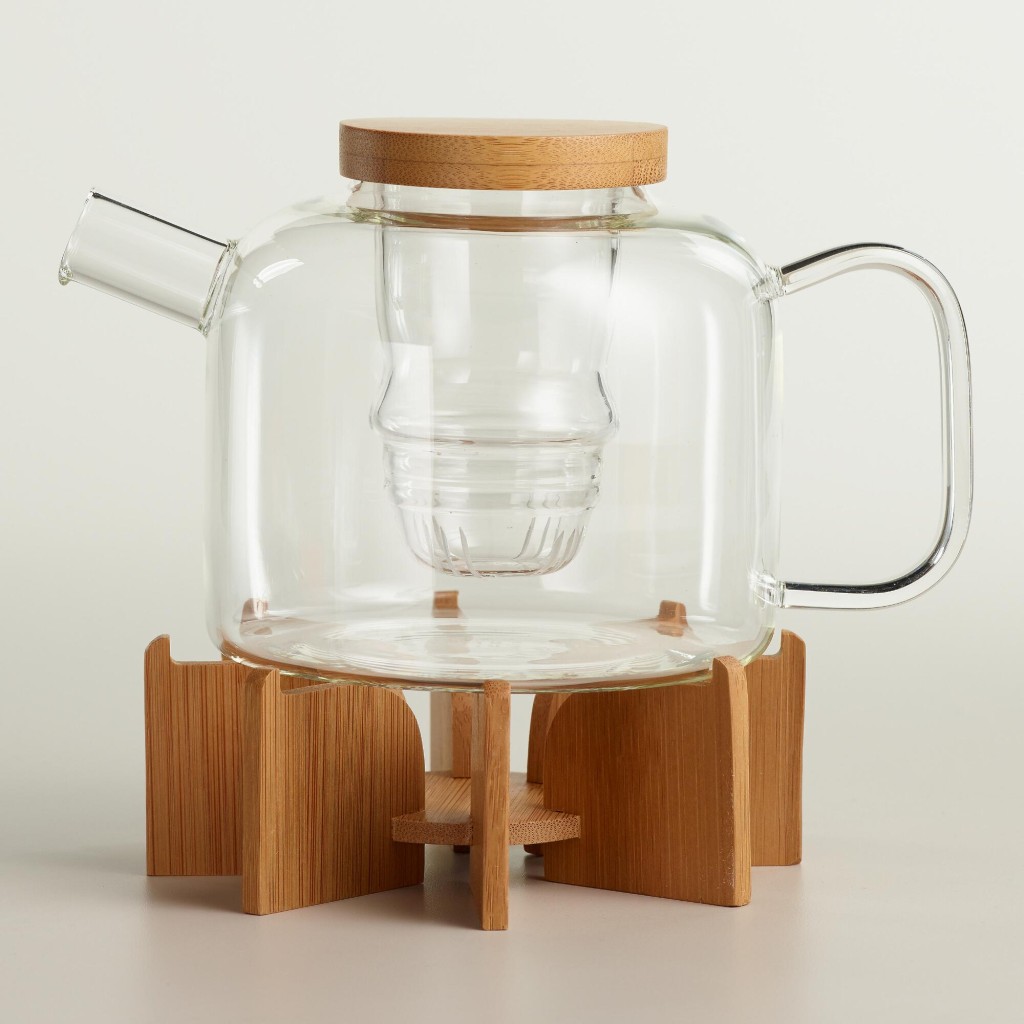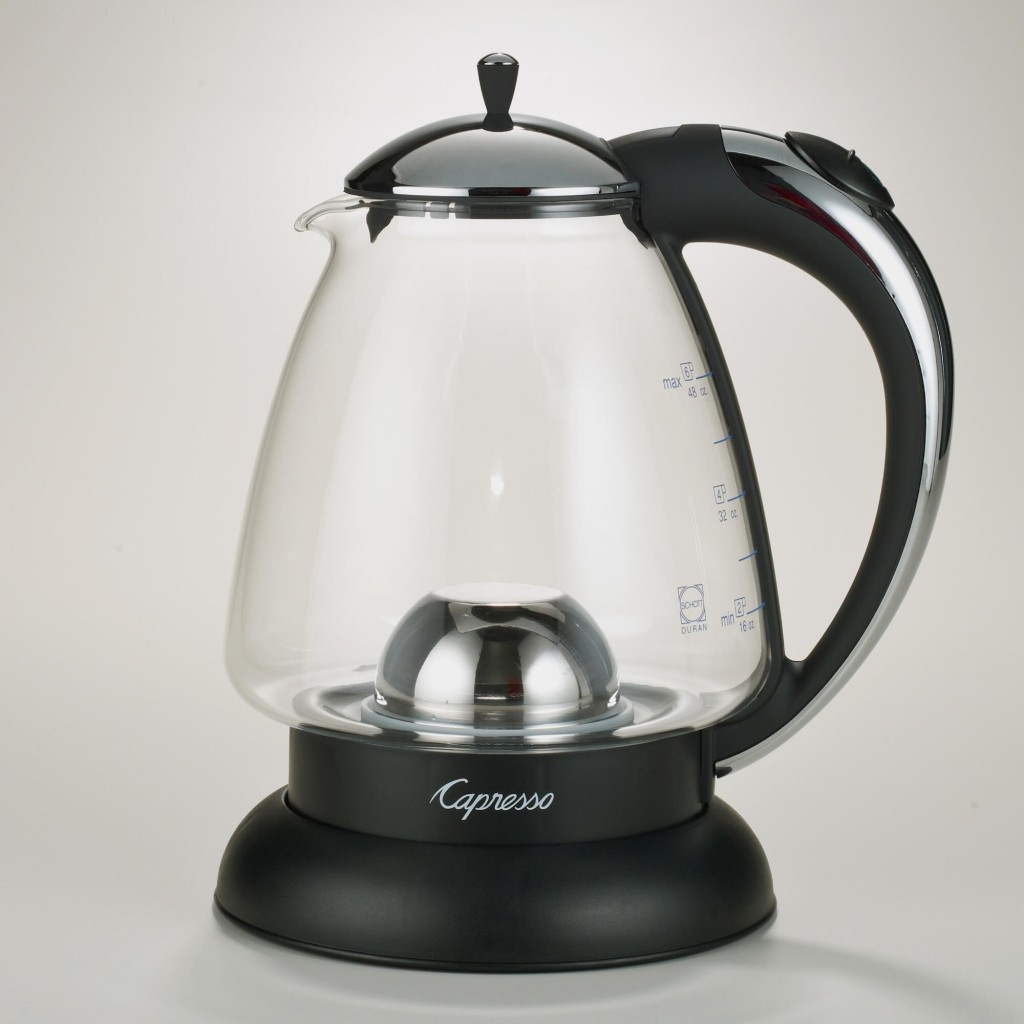Folk Remedies For Skincare
Skincare Folk Remedies
Before we start, we wish to thank you all for your outstanding support WOW, we had over 800 signups, and thousands of likes.Amazing!! Thank you from all of us.
This week is 230 and we are sharing:
Folk medicine occasionally referred to as alternative or traditional medicine, is a part of healing that has an extensive long history. Folk medicine originates back 5,000 years. The dispensation of history is divided in three eras, the classic historical era, the medieval era, and modern eras. I was raised with herbs and home remedies since a baby and where I grew up our Doctors practiced both for most part, so for me I always use what I feel at that moment that has its place. Two thirds of the world’s population lives in countries that have inadequate resources to access modern medicine so I found for that reason folk medicine is formally acknowledged in many countries. Today it is still extensively used due to their perceived effectiveness.
It is vital to be informed and careful about possible compound interactions before using any Folk formula. Like anything, nature has its own contradictions as well. Please use your discretion and do a small test when in doubt, always remember consult your health practitioner, have fun and enjoy.
Herbal remedies have existed for centuries and have been used to treat many illnesses ranging from mild stomach upset to cancer. Recent research supports the use of herbs in the treatment of various medical problems. However, many people believing that “natural” is better have tried unproven and uncontrolled treatments, sometimes with disappointing or even dangerous results. There exist some herbal treatments that may be helpful in treating common skin conditions that do not always require going to the doctor’s office.
Aloe Vera
Dr. Doris Day, a Manhattan dermatologist and clinical assistant professor of dermatology at NYU Medical Center recommends that “If I had to choose only one herbal remedy for the treatment of skin problems, aloe vera would be my number one choice. It has been widely recognized as a plant with special healing capabilities.” Aloe Vera is used in its pure form as a skin softener and moisturizer. The gel, which is the fluid within the leaves, has been used for centuries to accelerate wound healing. It not only improves healing but also serves as a topical pain reliever. Dr. Day adds “unfortunately many of the products in the stores that contain aloe vera do not have adequate concentration of the substance in them to make them effective.” Some reliable studies have demonstrated aloe vera to be very effective in the treatment of psoriasis, a relatively common condition that leads to itchy, red scaly patches on the skin and scalp.
Arnica Flower
Topical preparations of Arnica flower are especially helpful for wound healing. It is effective as an analgesic (pain reliever), antiseptic and anti-inflammatory cream. Dr. Day further comments that “this treatment is recommended for bruises and swelling due to trauma or surgery.” It is also helpful in speeding the healing of simple skin abrasions, insect bites and for soothing joint pain. The German government has approved the use of arnica for wound healing therapy.
Calendula Flower
Also known as the common marigold, Calendula flower has a long history of effectiveness in the treatment of burns, bruises, skin infections, cuts and rashes. The German health authorities have approved its use for topical treatment of wounds that are healing poorly and for certain types of skin ulcers. Compresses made with calendula tea are also useful. The tea can be used as a mouth rinse to treat painful lesions in the mouth.
Comfrey
Both the roots and leaves of comfrey have been used for centuries to improve healing of cuts and bruises. It has also been useful as an anti-inflammatory for treatment of rashes. It is thought to promote healing of closed fractures when applied on the skin over the site of injury. Dr. Day warns that “although topical use of the roots or leaves is safe, application over broken skin can lead to toxicity and so should not be applied more than three days in a row.” Tea made from the comfrey leaf is also useful but should not exceed three cups per day.
Tea Tree Oil
The Tea tree is a tall evergreen found in Australia and Asia. The leaves have been used for centuries as an antiseptic and were used in World War I as a disinfectant. More recently the oil from the leaves has been harvested to treat cuts, insect bites and other common skin problems. The oil has been shown to kill both fungus and bacteria. The oil is available in stores, without a prescription, and can be diluted as necessary for various conditions. Tea tree oil may be toxic and should never be taken by mouth.
Chamomile
Chamomile has been used for thousands of years for treatment of various medical problems. Dried and fresh flowers made into a tea have been used for minor stomach upset, as an oral rinse to treat gingivitis and painful mouth lesions, and topically to improve wound healing and treat mild skin problems, such as itchy lesions, hives and sunburn.
Cayenne
Commonly known as Cayenne, this spicy red pepper has been used for a multitude of medical problems such as high blood pressure, stomach ulcers, poor circulation, lung and skin infections. There are many formulas that combine capsaicin with other herbal products to maximize antibacterial and anti-inflammatory effects. Capsaicin has been shown to deplete substance-P from nerve endings, which makes it an effective pain reliever according to Dr. Day. Initially the pain may be increased or there may be a burning sensation due to the release of substance-P, which is usually temporary.
There are many herbal remedies that are useful in treating common skin conditions. Dr. Day maintains that certain herbal remedies may produce reactions if the person using them is sensitive to any of the active ingredients. So it is recommended to see your Health practitioner if a skin condition persists or symptoms become worse.
Cinnamon and Honey
Cinnamon is a common spice and flavouring agent but the essential oil it contains also has strong anti-microbial properties. The water activity of honey is very low and this means that it does not contain a lot of moisture which can promote the growth of microorganisms. Considering that pimples often arise from an infection within the pores of the skin, combining cinnamon with honey is an effective remedy.
Mix a little cinnamon powder with a little honey to make a paste; avoid adding water because it will destroy the action of honey. Dab a little of the paste on each pimple and allow to remain overnight; wash off with lukewarm water the next morning. Repeat for a few days if necessary.
Lemon juice
Lemons contain vitamin C and phytonutrients called flavonoids that have a strong antioxidant as well as antibiotic action. Free radicals generated during the metabolic reactions within the body can damage the healthy cells of the body, causing inflammation and swelling. The antioxidants in lemonrestrict the action of these free radicals and this makes lemon juice an excellent remedy for pimples.
Squeeze out the juice from a freshly-cut lemon and dab a little directly on to the pimple. Leave on overnight and wash the next morning.
Mix a tablespoon of groundnut oil into an equal quantity of freshly squeezed lime juice and apply over the entire face; this provides long-term preventive action against blackheads that may later turn into pimples.
A word of caution regarding lime juice – it can make your skin more sensitive to sunlight and therefore, do not venture out in the sun when you have applied it to your face.
With its acidic nature and natural bleaching properties, lemon juice is one of the most effective remedies to lighten stretch marks. Simply cut a lemon, squeeze out the fresh juice and rub it gently onto the affected skin. Keep for about 10 minutes and then rinse off with a little warm water. Repeat a few times each day to see better results.
One of the simplest and safest bleaching agents you will find, lemon juice can work wonders for darkened skin. The ascorbic acid or vitamin C present in lime juice acts as an antioxidant and this action helps to lighten the colour of the skin. All you need to do is squeeze the juice from half a lemon and apply this with a cotton ball onto the area where the skin has darkened. Or you could even directly rub a cut lemon over the affected area to allow the juice to stick to the skin.
Leave on for at least an hour and then wash with water. But make sure you avoid exposure to sunlight when you have applied the lemon juice onto your skin or your skin will only get darker than before.
Besides using lemon juice alone, you could also try combining it with turmeric powder or tomato juice. Mix about 3 teaspoons of lemon juice with 1 teaspoon of turmeric powder; apply this paste and leave it on for half an hour; then wash with water. Or make a puree from 2 medium-sized tomatoes and mix this with 4 tablespoons of lemon juice and apply this to darkened skin for about 20 minutes. Read about
Tomato Pulp
Tomatoes are acidic in nature and applying their pulp to the pimple causes the skin to dry and the pores of the skin in the region get tightened. This means there is a lesser chance of oil leaking from the pores to cause pimples. Tomato is also rich in antioxidants and applying the pulp to the face reduces inflammation and damage of the skin.
Cut a tomato in half, squeeze out a little of the pulp or the juice and apply on the pimple. If this causes you pain or drying of the skin, dilute the tomato pulp with a little water and use. Do not do this more than once or twice a day because it may lead to excessive drying of the skin which can be quite painful.
Turmeric
Remember how your grandmother always insisted on sprinkling a little turmeric on your wounds saying it would help it heal? Well, medical researchers are now finding that turmeric contains ingredients that make it a powerful antimicrobial. No wonder then that women in India have always been using turmeric paste claiming it keeps their skin healthy and glowing. Although you can apply turmeric paste directly to skin, consuming it with a little warm milk is also said to be an effective remedy for flawless skin.
Mix a little turmeric powder with a little coconut oil and apply directly onto the pimples at night; next morning, wash your face with water to remove the paste.
Dry a few neem leaves in the sun and grind to a fine powder. Mix equal quantities of this powder, turmeric powder and a little rose water to form a paste. Apply this to the pimples, leave it on for around 20 minutes or so and then wash your face. You could also substitute sandalwood powder for neem powder – this remedy works equally well for acne.
Home remedies to beat acne scars
A pimple arises due to some sort of skin damage; during the healing process, the body creates new skin cells and collagen fibers – this repair process leads to the formation of the acne scars. When it comes to reducing acne marks, it is important to remember this because whatever the form of treatment you use, the scars won’t really go away – its only their color, size and appearance that can be modified so as to render them undetectable. Here are a few home remedies you can try to lighten the acne scars.
Sandalwood water
According to Ayurveda, sandalwood or chandan is highly effective as a soothing and cooling agent, making it ideal to deal with skin problems. For use against acne scars, simply soak a piece of sandalwood in water for a few hours. Remove the wood, dry and store for reuse. Using a small ball of cotton, smear the sandalwood water slowly on the parts of the skin that has acne scars. Repeat every day for about a week and you are sure to notice a marked difference in your facial appearance.
Another way of using sandalwood is to rub a piece of sandalwood on a wooden base with a little rosewater to get a paste. Apply a small quantity of this paste on the acne scar and leave it on overnight. Wash the next morning with cold water.
Fenugreek extract
Add a few seeds of fenugreek (methi) into a little water; boil for about 10-15 minutes. Allow the liquid to cool, strain out the seeds and using a cotton ball, apply the water to the acne scars. Do this regularly for about a week and you will see a reduction in the intensity of the scars’ appearance.
Neem leaves
Neem contains alkaloids that give it distinct antibacterial, antiviral and antifungal properties. This makes it effective against a wide range of skin problems right from acne and eczema to ringworm because it also has the property of cleansing the body of toxins. For action against acne scars, place a neem leaf directly on the affected area for some time; do this regularly to see good results.
Apple cider vinegar
Vinegar has the property of scraping off the old cells on the surface of the skin and this peeling action along with its antiseptic property makes it useful against acne scars. However, a direct application of vinegar may damage sensitive skin; so make sure you dilute it with a little water and apply this apple cider vinegar solution to the scars using a cotton ball.
Along with the use of these home remedies, it is important to take steps to prevent new pimples from erupting. Stress tends to cause hormonal changes that can worsen acne; so use deep breathing exercises and meditation to keep stress away. Cut down on your use of oil-based cosmetics such as moisturizers and make-up and even hair products; this will reduce the blocking of the pores in the skin and reduce your chances of an acne outbreak. While there is nothing you can do about the appearance of acne prior to or during the menstruation period, you can certainly avoid it getting worse by keeping your face clean and free from oil and adopting a ‘no touching or breaking pimples’ policy. Read about
Vegetable oil massage
Traditionally, in many parts of India, during the first few months following childbirth, the mother is given an oil bath – that is, coconut oil or castor oil is massaged onto the entire body as well as the scalp and this is followed by a bath with hot water. Quite a few modern-day beauty treatment centers make use of the wisdom of this ancient custom. Vegetable oils such as coconut oil, castor oil and even olive oil have the property of moisturising skin and smoothing out the wrinkles. Both these actions ensure that these oils are equally good for getting rid of stretch marks.
Warm a little olive oil and massage it deep into the affected skin before going to bed. Rinse the next morning with a little warm water and a mild soap if necessary. Or, you could try a mix of olive oil and coconut oil, too. When it comes to castor oil, the best way is to rub slightly warmed castor oil directly onto the affected skin and then wrap a cloth dipped in hot (but not uncomfortably so) water around the area. Or,you could wrap a plastic sheet over the skin where you have rubbed in the oil and use a hot water bag over this area – the warmth allows the pores in the skin to open up and absorb the oil better.
Egg white
The white of the egg is rich in protein and this is useful in dealing with stretch marks. Collect the whites from two eggs, whip gently and apply as a thick layer onto the marks. Once the egg pack has totally dried, rinse it out with water and then moisturise the area by applying some olive oil.
Home remedies to remove tan and dark spots
We love naturally dark skin. However, at times, prolonged exposure to bright sunlight or polluted air, ageing or hormonal fluctuations may cause patchy skin darkening making your skin look unhealthy. While cosmetic treatment is a probable option, it is generally not recommended except in a few extreme cases; by the regular use of a few simple home recipe, you can deal with darkened skin in the comfort of your home.
Milk
Milk contains a compound called lactic acid and this has been found to help with lightening the colour of skin. Use a cotton ball to apply a little raw milk to the darkened skin; allow to dry and leave it on overnight; rinse the next morning with a little warm water.
Yoghurt
Since it is made of milk, yogurt also contains lactic acid and this gives it bleaching properties. You can also add in a little lemon juice and some oatmeal into the yogurt to make a thick paste and apply to the darkened skin. According to Ayurveda, the regular application of buttermilk (the thin liquid left behind after removing the cream from milk in the form of butter) on darkened skin can help keep the skin cool and refresh it.
Honey
When honey is applied to the face either alone or in combination with ingredients such as lemon juice and olive oil, it helps to remove the layer of dead cells on the outermost layer of skin. As a result, your skin appears brighter and fresh than before. Besides, honey also contains enzymes that help to make the skin soft and glowing. If you have sensitive skin and want to try honey on your face, make sure to try it out elsewhere – say on the inside of the arm – and check how your body reacts to it before applying it to your face.
Even better than using honey alone is to combine it with an equal quantity of lemon juice and milk powder and a little paste obtained from soaked ground almonds.
Home remedies to treat burn marks
When the skin gets burnt, it often leads to scarring of that area which can be very displeasing to look at. The burn itself is a painful memory to erase and the burn scar is a constant reminder of it. Here are some effective home remedies using traditional Indian herbs to get rid of burn scars by Dr Uma Singh, medical director of Nomarks (Ozone Ayurvedics).
Almond oil
A good way to remove scars at home is to gently massage the scar with almond oil. Massaging the scar twice a day will help to progressively reduce the scar.
Methi seeds
Fenugreek seeds also help in getting rid of scars. Soak the fenugreek seeds in water overnight and grind it into a fine paste. Now apply this mixture gently on to the burn marks and leave it on. Once the paste has dried completely, you can wash it off with water. Apply this paste regularly to remove the scars. Cold water with turmeric also has antiseptic properties which work well on burnt skin. Here’s
Cotton-ash paste
The India Yunani Cotton-Ash Paste burn remedy has been used for centuries to treat even severe burns. Take a large piece of cotton wool (or any kind of pure, white cotton fabric) and burn it (perhaps in a metal pot). Use the ash of the burned cotton and mix with olive oil to get a thick paste. Spread this black paste on the burnt skin and cover with a cling film. Reportedly, the pain disappears in seconds and even the accompanied shock reduces in severity. If the pain is back, refresh it and use fresh paste on the wound. Use the paste for a week or so, depending on the severity of the burns.
Potato peels
Another age-old remedy is potato peels. They provide moisture and they also have anti-bacterial properties that help in healing. Doctors have found that potato peel bandages work better for minor burns than conventional dressings.
Natural wart remover From India
Banana peel contains a substance that is highly effective at destroying warts and is recommended by dermatologists. Place a small amount of peel against the wart and hold it in place with adhesive tape. Change the peel daily as needed and continue for 2 weeks or until the wart is gone.
Zap blemishes
Tea’s tannic acid absorbs oils that lead to blemishes. Saturate a tea bag in warm water and press on the affected area for about 5 minutes. Rinse, then dab on a some eye redness remover to get the red out.
Seal your pores
Close your pores with a skin tightening all natural clay or mud mask, or try this recipe: Mix 1 egg white with a few drops of lemon juice. Using a brush, massage onto clean skin. Leave on for 5 minutes then rinse with warm water.
Protect your skin
Photo-aging is responsible for as much as 80% of skin damage–wrinkling, sagging, and discoloration or age spots. Use a safe sunscreen and apply it before exposing your skin to the elements.
Keep your skin smooth
Exfoliate in the shower at least two times a week. Exfoliate your legs before you shave them for a sleek smooth shave.
Eye mask and Homemade clay mask
Grate 1/4 of a apple and a small raw potato and combine. Apply mixture to eyes for 15 minutes, cover your eyes with a warm washcloth and relax with some soothing music.
Homemade toner, Homemade summer exfoliator and Mask for excess hair on the face
In a blender, blend 1 peeled kiwi and 1 and 1/2 teaspoons lime juice. Add an equal amount of water and blend until smooth. Use a cotton ball to apply to face. Refrigerate any leftover toner in an airtight container.
Mix 1/8 cup of olive oil and 1 heaping tablespoon of sea salt. Scrub all over in the shower and rinse off. Pat dry with a soft towel.
Mix one tablespoon fresh squeezed lemon juice with 4 teaspoons honey. Smooth on in the direction of your hair growth and leave on for 10-15 minutes. Rinse off. Use this mask twice a week.
Firming Mask and Facial steam
Mix 1 tablespoon gram flour with 1 1/2 teaspoons water. Add 1 teaspoon honey. Apply to your face, leave on for 15 minutes, then rinse. If mixture is too runny, add a little more flour.
Combine 1 cup fresh rose petals with 2 cups boiling water. Tent a towel over your head and let steam penetrate face for 10 minutes. Stay several inches away from the bowl.
Gentle skin exfoliator and All over body scrub
Mix 3 teaspoons fine oatmeal with 3 teaspoons double or heavy cream. Apply to skin and rub lightly; rinse off.
Mix 3 tablespoons finely ground oatmeal with 2 tablespoons almond oil. Scrub all over lightly, then rinse.
The ultimate treat and Sensitive skin soother
Try to give yourself 30 minutes a week in a warm bath. Listen to relaxing music, use aromatherapy oils, and enjoy this much needed time by yourself
Saturate a washcloth in one quart warm (not hot) chamomile tea. Press cloth over face, flooding skin with liquid; hold against skin for five seconds. Rinse cloth, saturate and repeat two more times. Finish by gently patting face with a clean, dry towel.
Quick exfoliator, Exfoliate in the shower
After a steamy shower rub your skin with a towel gently but vigorously to remove dead skin.
Rub sea salt all over your face and body in the shower to get rid of dead skin cells. Do this at least twice a week.
Honey and Milk
For dull and dry skin:
Honey and milk are soothing and nourishing for skin care. These are the things which come straight from the breakfast table. One can apply our traditional moisturizer to skin. It not only lightens complexion but also keep skin healthy. It is very effective for dull and dry skin. Ghee can also be used as a moisturizer. Both ghee and malai can be used as a night cream.
Malai
Malai is an Indian cooking ingredient. It is made by heating non- homogenized whole milk to about 80°C (180°F) for about one hour and then allowing it to cool down. A thick yellowish layer of fat and coagulated proteins forms on the surface, which is skimmed off. The process is usually repeated to remove most of the fat. Malai has about 55% butterfat. Buffalo milk is thought to produce better malai because of its high fat content. Buffalo milk with fat contents varying from 5 to 12% is heated and boiled and then allowed to cool up to 4 degrees celsius for best results. Similarly cow’s milk with milk fat from 3 to 5% is boiled and cooled to make malai.
The banana-honey face pack
Whisk together two tablespoons of honey, two teaspoons of glycerin, one egg white and one mashed banana to form a smooth consistency. Gently massage your face with this pack. The fingers should follow a circular movement while massaging your face.
Then coat your face with the remaining mixture. Leave it for fifteen minutes and rinse your face with warm water. This home made face pack not only moistens your skin but also give it a supple feel. Follow with your favorite moisturizer.
Home Remedies For Dark Neck
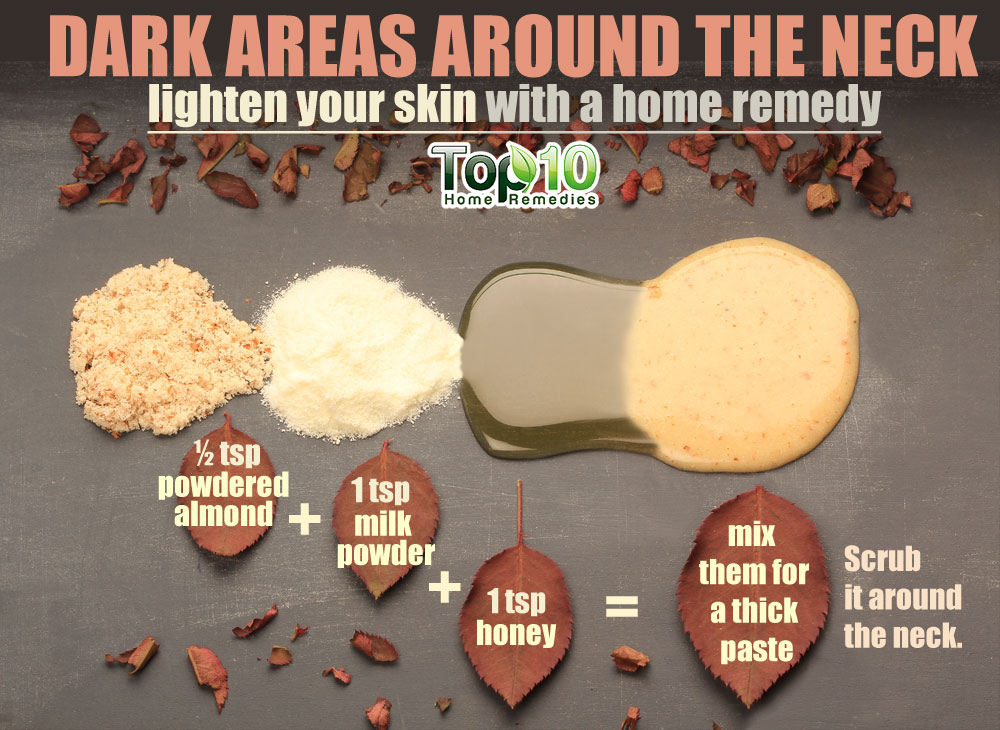
Whisk together three tablespoons of almond oil, 3 tablespoons of raw linseed oil and 3 tablespoons of honey.
Many people suffer from dark skin around the neck. The condition is known as acanthosis nigricans. It is characterized by hyper pigmentation of the skin along the folds and creases in the body, knuckles of fingers, knees and elbows and any hyper pigmentation on the skin.
Cucumber
Cucumber cleanses the skin and help to soothe the skin and bring back the glow of the skin. Scrubbing the neck with cucumber removes the dead skin cells.
Apply grated cucumber or cucumber juice on the dark neck.
Gently scrub the neck for a few minutes
Wash it off after 15 minutes
2. Lemon Juice
The citric acid present in the lemon juice is a natural bleaching agent. If you have sensitive skin, you will have to use diluted lemon juice for this purpose.
Apply lemon juice to the dark skin of the neck using cotton ball Leave it there for 10-20 minutes and wash it off with water. Do not expose the skin to sunlight after applying lemon juice.
According to: http://www.rd.com/slideshows/8-natural-recipes-for-amazing- skin-from-a-plastic-surgeon/#slideshow=slide2
Avocado-Honey Moisturizer
A moisturizer is an anti-aging must. By helping your skin retain moisture and acting as a temporary filler for wrinkles, it makes your complexion look smooth. Dr. Ordon says that his patients love this recipe because it makes their skin look and feel dewy, and youthful.
Ingredients:
3 tablespoons of fresh cream 1/4 avocado
1 tablespoon honey
Directions:
Place all three ingredients in a blender and puree into a smooth cream. Apply it to your skin and leave on for at least an hour. Rinse off with warm water.
Cornstarch
You may think cornstarch can only be used to thicken your gravy, but it’s also useful in easing itchy, dry skin, it works miracles for chicken pox, or itchy rashes . Make a paste and apply to skin let it dry and remove with a wet warm clothe and apply Aloe Vera Gel.Sprinkle a handful in the bathtub and have a soak if you can do not rinse pat dry and wait a few minutes before you apply moisturizer, I highly recommend Coconut Oil.
Oatmeal
Adding oatmeal to your bath will soothe your skin. The oats are packed with vitamin E, a nutrient vital to healthy skin. Oatmeal is also used as a folk remedy for treating dry, chapped hands. Rub your hands with wet oatmeal instead of soap. Dry your hands with a towel, then rub them with dry oatmeal. Vinegar. Try this folk remedy for chapped hands: Wash and dry hands thoroughly, then apply vinegar. Put on a pair of soft gloves and leave them on overnight.
Mayonnaise
Mayonnaise straight from the jar, will make hair soft and shiny. The egg nourishes brittle hair with protein, while the vinegar gives it body and bounce.
Try this mixture to regain supple hair: Mix one teaspoon powdered brewers’ yeast with four ounces of apple cider vinegar to create an after wash rinse. Pour it over wet hair and let stand at least a minute before rinsing. Dry skin
For a homemade scrub, mix ground oats and honey. Rub all over your face—especially your nose, make sure you scrub gently. The scrub part of the mixture will remove dry, scaly skin while the honey seeps in as a moisturizer. Rinse completely off and pat dry, and your skin will be glowing and baby soft. Only use this remedy once a week.
For super dry skin, use olive oil. Rub it in prior to a bath or shower. You may substitute peanut, sesame or sunflower oil.
A quart of milk in a hot bath is a luxury as well as a skin toner. It’s a trick nearly as old as time.
Teabags
Puffy, tired-looking eyes?
Used teabags make excellent eye cosmetic After dunked, drain it and place it over your closed eye (one for each) and hold it there for a few minutes. Redness, soreness, swelling and irritation will disappear like magic.
Great tips from Homeveda
Folk Remedies from Riordan Clinic
100% Pure Mushroom and Peptides Firming + Anti Wrinkle Eye Cream
Extremely nourishing, highly anti-aging eye cream to firm, lessen lines and wrinkles and to boost collagen production for more youthful appearance. Concentrated with powerful anti-aging antioxidants, vitamins, herbs and peptides to regenerate younger skin.
100% Pure Rose and Calendula Water Serum
Drastically increases skin firmness and elasticity while anti-inflammatory rose and calendula soothes, calms and regenerates. Lightweight, quickly absorbing water based serum delivers hydration to thirsty skin cells, leaving skin supple and plumped.
Glass and Bamboo Tea Infuser Pot
Our chic, modern teapot features a removable glass infuser for brewing loose-leaf tea directly inside the pot without over-steeping. Place a tealight in the included bamboo stand to keep fresh tea warm for serving while protecting your tabletop. Perfect for tea lovers, it’s a great gift for any tea lover.
Capresso Electric Water Kettle
Our convenient and affordable Capresso Electric Water Kettle boils water extremely quickly for tea, coffee, hot chocolate or instant soup. Made of durable, heat-resistant German SCHOTT glass, this fast boiling kettle has a large capacity and an automatic shutoff feature. It’s perfect for home as well as on trips to anywhere with an outlet.
